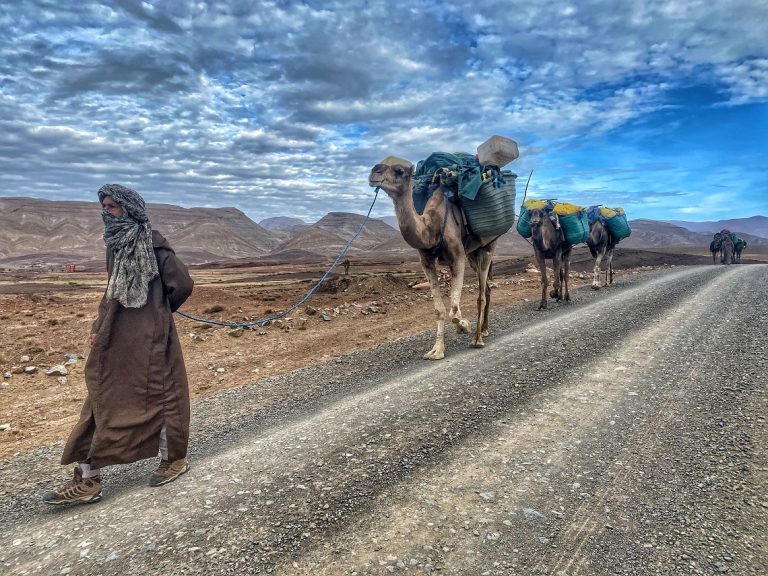IN SEARCH OF DINOSAURS
Somewhere in the middle of the MOROCCAN desert lie clues to a PAST ruled by giant REPTILES. Explorer ALICE MORRISON is about to take a MONSTER step back in time…
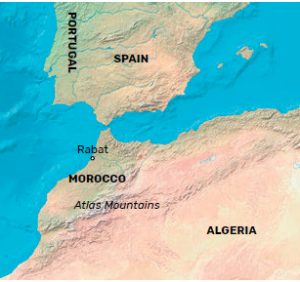 We had been walking for nine weeks. I was the only woman in an all-male crew: Brahim, Addi, and Ali — my Amazigh guides and companions — and our six camels, including handsome Farquhar and naughty Hamish. We were completing the final leg of our full crossing of Morocco and the disputed region of the Western Sahara from the Mediterranean Sea in the North to the Mauritanian border in the south. This stage took us across the mighty Atlas Mountains. My quest? To find dinosaurs.
We had been walking for nine weeks. I was the only woman in an all-male crew: Brahim, Addi, and Ali — my Amazigh guides and companions — and our six camels, including handsome Farquhar and naughty Hamish. We were completing the final leg of our full crossing of Morocco and the disputed region of the Western Sahara from the Mediterranean Sea in the North to the Mauritanian border in the south. This stage took us across the mighty Atlas Mountains. My quest? To find dinosaurs.
IN BETWEEN WORLDS
We had no idea when we started the expedition in 2019 that we would be finishing it in the time of Covid-19. Walking across the wildest areas of Morocco, we passed through the tiniest of rural communities: small hamlets clinging on to the edges of the mountains, and on the Rekkam plateau, we were welcomed by the nomads, the Beni Hilal (Sons of the Crescent Moon), who make their home there but trace their history back to the Arabian Peninsula.
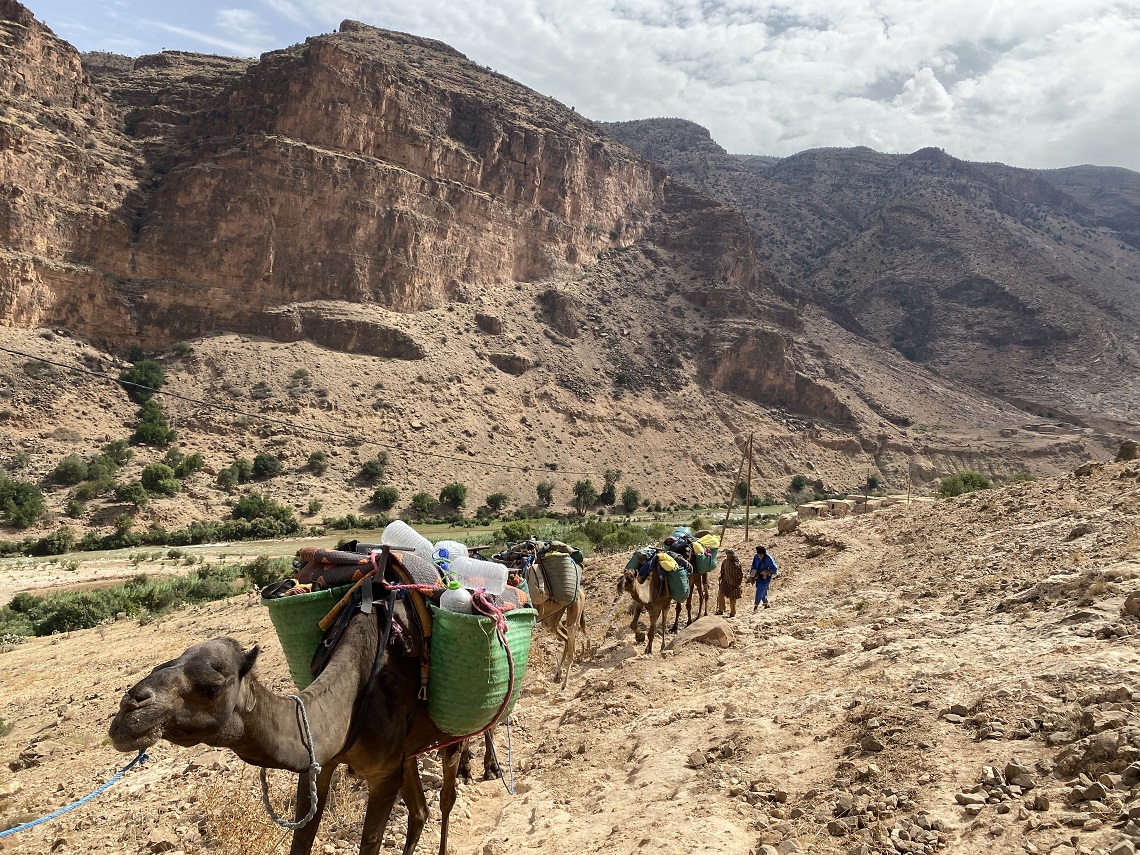
In over 900 miles we did not come across one person who had Covid, or knew anyone who did, but we always took our cue from the people we met — initially wearing our masks and only going forward if it was clear that they wanted us to. On the plateau, hospitality remained untouched by the virus, and we were welcomed warmly into the nomads’ tents.
As a female explorer, I get the best of both worlds. I’m treated as an honorary man by my team and the men we meet en route, but I also get to meet and talk to the women. In these traditional communities, it would be impossible for a male adventurer to do that. Typically, I would be pulled into the kitchen and bombarded with questions about what I was doing, what it was like on the trip. Often the girls would want to come and have a guided tour of my tent.
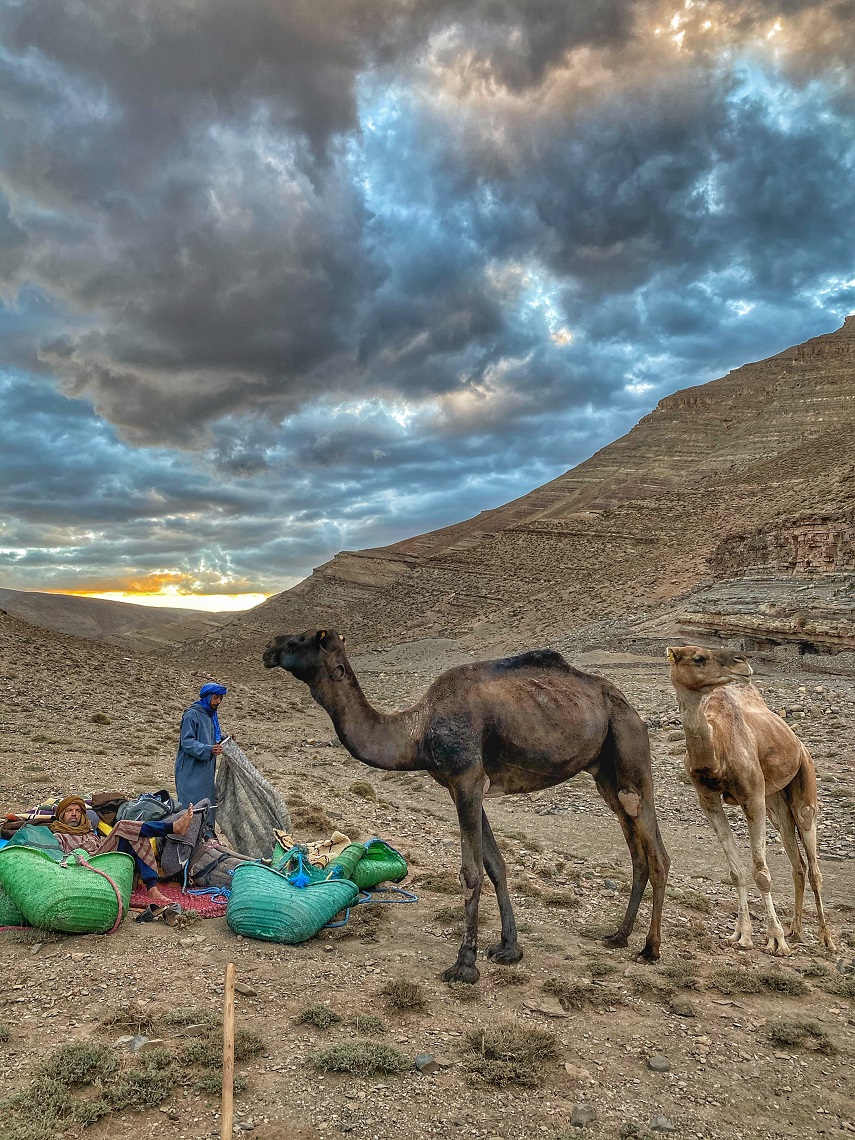
The women were always surprised, and sometimes disapproving, that I wasn’t married and there were a few raised eyebrows that I was travelling alone with three men. They were less concerned about the camels! One of the main worries they had during Corona was that, because the schools were shut, their daughters were missing out on their education. The mothers were almost all illiterate and they wanted their girls to have the chances that they hadn’t. ‘Education is everything,’ they told me time and again.
We had left the plateau far behind and trekked deep into the mountains. In spite of constant searching, we’d not yet found any traces of the huge reptiles that roamed this region millennia ago. Morocco’s geological features and lack of development have made it a treasure trove for fossil hunters, but my best efforts were turning up nothing. Addi teased me relentlessly, “Look, Zahra,” (my Arabic name), “this might be a dinosaur toe,” he’d chortle picking up a chicken bone. But just as I was beginning to lose hope, Jean-Pierre Datcharry of Désert et Montagne Maroc, my expedition organiser, hit gold.
THE RIGHT TRACK
A Moroccan hunter called Hassan Yamami had marked GPS spots close to the nearby village of Aguerzka. We headed into the valley and couched the camels to set up our bivouac. Immediately, we were surrounded by a crowd of excited boys desperate to do some important camel-related task. We walked in up the oued (river bed) which was richly cultivated and flanked by high, serrated mountains. Their walls were sheer and almost bare of vegetation, with visible lines where the previously flat earth had been squeezed up as the continental plates of Europe and Africa moved closer. I was pushing my way through some thick thorns when Brahim grabbed my arm, “Zahra, look, can you see them? That line? I think it’s dinosaur tracks!”
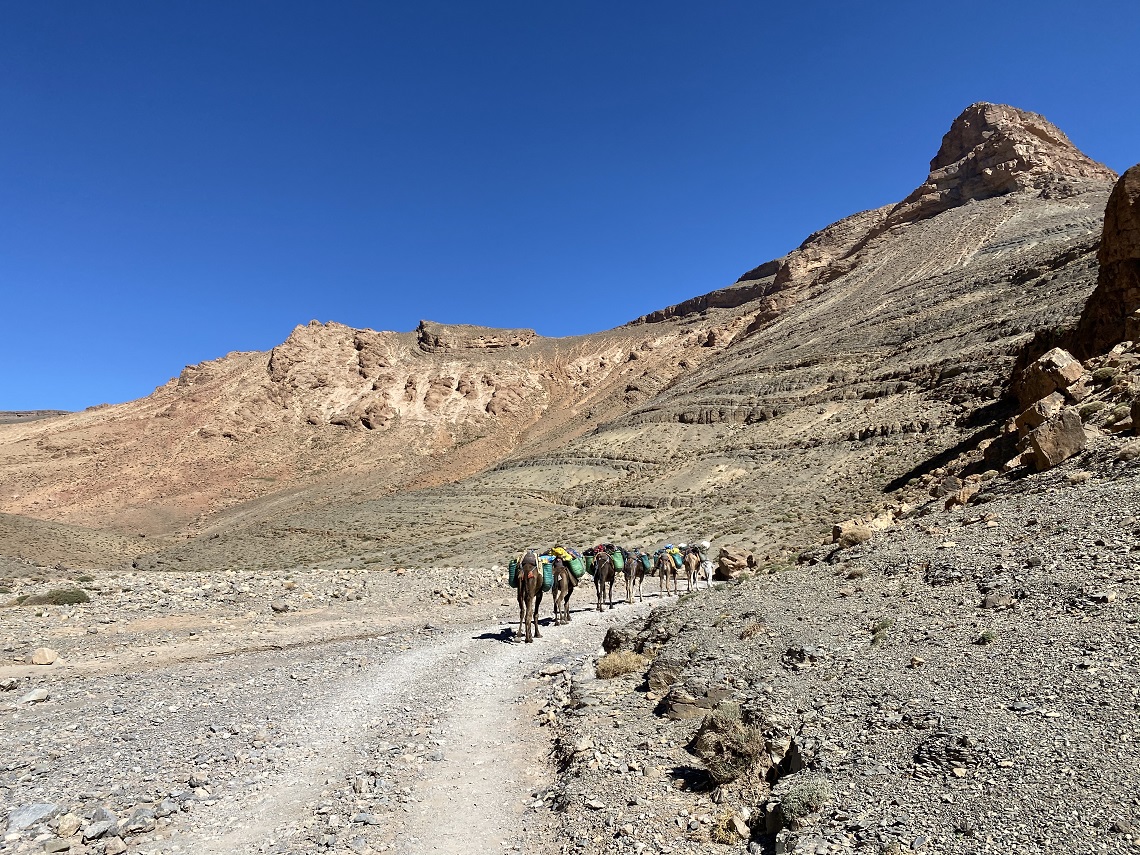
I looked up and there, about 5m above us, was a line of prints — 14 in all — crossing the red clay of the cliff. Dinosaur footprints and absolutely crystal clear. What a moment! Seeing these proofs of life from millions of years ago with my own eyes, I was ecstatic. They were in a straight line imprinted in what would have once been mud and had hardened into rock. Over the years, they were forced up into a vertical strip on the cliffs.
There was more to come. Brahim, Addi, and I were buzzing as we pressed on up the mountain and round the corner to where Ali was with Jean-Pierre (JP) and Ychou, who had come in to help us climb up the cliffs for a closer look. They had established a base camp to get up to a different set of prints that were heading up the rock face in a double vertical line directly behind them and also to the right of them. These were bigger and you could see where the beasts had slipped slightly in the prehistoric mud.
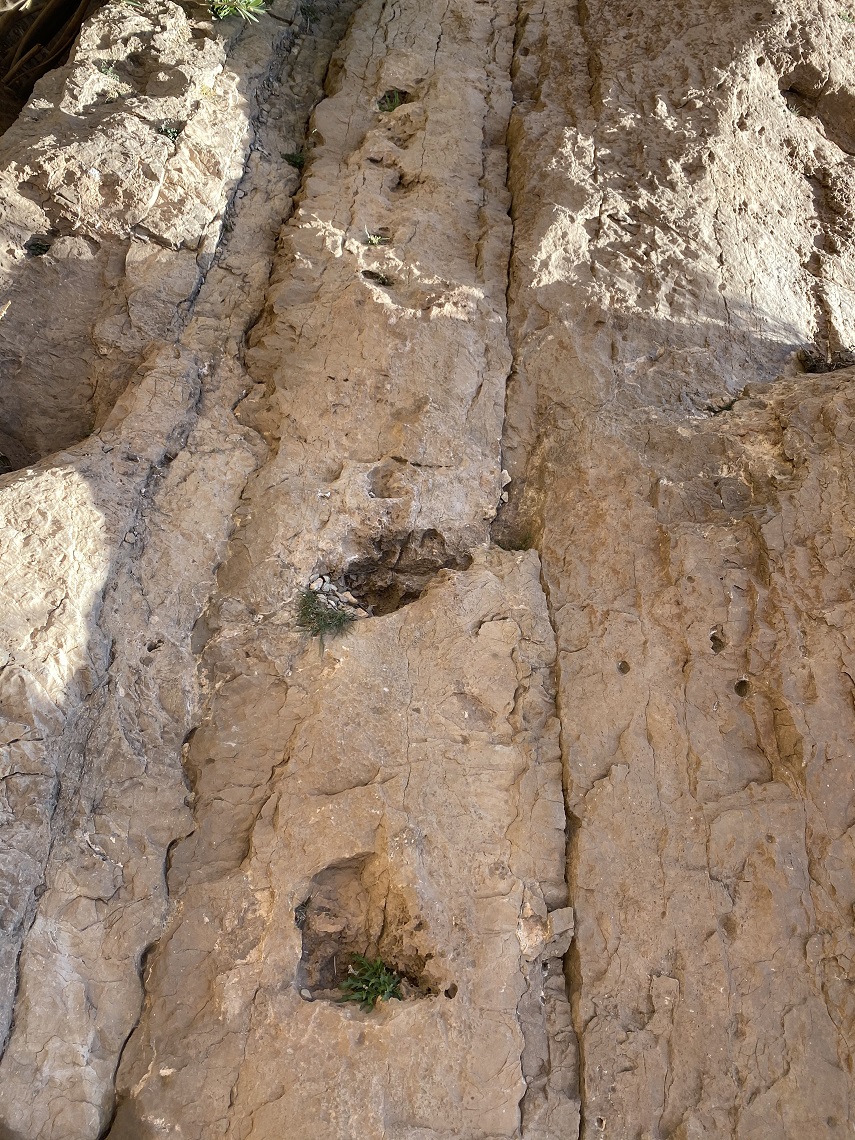
JP was waiting for me with a harness and a lilac My-Little-Pony helmet, which looked ridiculous but was necessary as stones were falling from above. The cliff was about 30m high with a drop below of a further 20m and the surface was fragile. We didn’t want to damage anything so proceeded with extreme caution. Ali was already up there on a rope tied into the first juniper tree, whose hard roots had grown right into a crevasse in the rock and was as solid as an iron girder. The plan was to get up to him, then to traverse across the cliff to a second tree and then go on to a third carabinier and hook myself in as the best prints were between trees one and two.
HIGHER GROUND
Off I set. The drop below was enough to kill me if I fell off the cliff, but I had Ychou holding me onto the face. I climbed up to Ali who was nonchalantly hanging off his rope over the drop. He has done lots of climbing and was completely at ease. I looked down. This was a big mistake. My stomach plummeted, not helped by the sound of pebbles bouncing down into the abyss as I scattered them off the ledge. I put one foot and one hand out to start the traverse of the cliff and discovered that the rest of my body didn’t really want to follow. I brought them both back to the juniper tree and clung on to it like a baby koala clinging on to its mother. The men conferred and sent Brahim up to the second juniper tree to spot me. With much coaxing, I edged along the cliff towards him.

He gave me confidence and I made it to the second tree. The absolute magic of putting my hand carefully into an actual dinosaur footprint chased all fear out of my head. I measured the prints (53cm x 60cm and 90cm x 60cm), took lots of photographs and videos and couldn’t stop grinning. ‘I’ve got my hand in a footprint that was made by a giant from millions of years ago,’ I thought. ‘Life doesn’t get much better’. The prints looked like giant camel prints and the trajectory of their movement along the ground (now vertical) was clear, right down to the blurring where their feet had clagged in the mud.
Finally, though, I had to go back and that was the moment when my body took over and decided that moving was the worst idea I had ever had. I froze and my skin pumped out sweat. There was no thinking or logic involved. Ali looked at me from his perch, “Zahra, do you think we have looked after you and cared for you for 60 days to let you drop now? Come along, come to the tree.” His common sense and stern tone cut through the fear. I edged back along the cliff face, grabbed the tree under Ali’s feet and Ychou eased the rope slowly as I climbed down.

Ychou was all smiles when I crumpled gracefully beside him on the shelf, “You see, I held you tight, Zahra.” Addi, of course, couldn’t stop giggling at my cowardice. “All right, Zahra?” But he got his comeuppance quickly. When it was his turn to go up and have a look, his legs were visibly shaking, and the men kept him dangling and laughed uproariously at his pleas to come down.
SIZING UP
Comparing our photos with others that we found online, we decided that they looked very typical of Sauropod prints. Sauropods are very large dinosaurs with a long neck and tail; they walk on all fours and are herbivores. Diplodocus and Brachiosaurus are perhaps the most well-known of their kind. Sauropods were the largest of all dinosaurs and the largest land animals that have ever lived — the biggest of these dinosaurs discovered to date is Argentinosaurus — a titanosaur — thought to have weighed in at an incredible 70,000kg and measured 35m in length. Many different species of sauropods have been found in Morocco.

Seeing my first dinosaur footprints and getting to really explore the site was a massive highlight on the expedition but then, two days on, I had a niggle. I wanted to find my own prints, not be guided to them by someone else’s GPS coordinates. When I said this to the team I was met with puzzlement. “But why? You have already seen them,” said Addi.
Brahim, as always, was my counsellor. “You have to be patient, Zahra. Now that we know what they look like, these prints, now we have seen them, we must look very carefully along the rest of the road and perhaps we will find them again, if God wills it.”
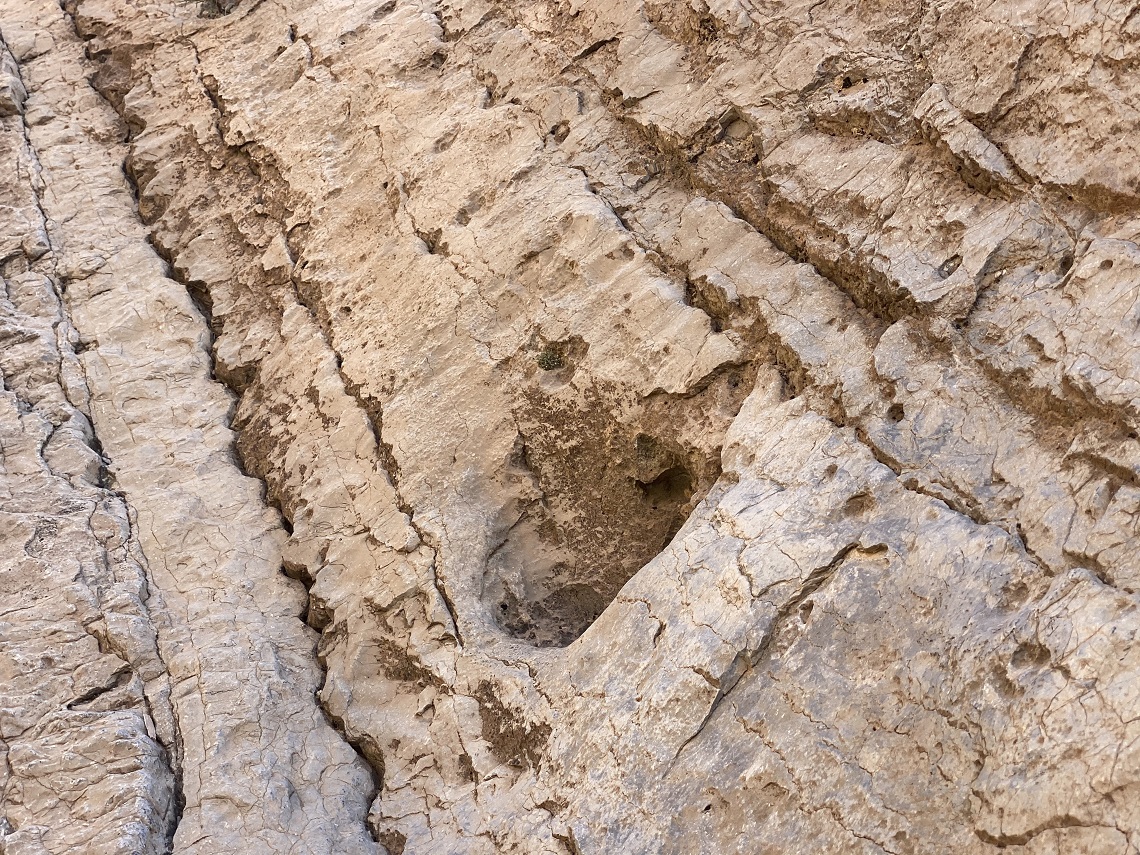
We marched on, knowing that we were nearing the end of our time through the mountains and appreciating their beauty and the freedom of being on the road after so many months of lockdown. We passed by the village of Assaka which lies in the most beautiful valley I have ever seen in Morocco. The mountains surrounding it are a cornucopia of colours: rich red stripes contrasting with the lightest of lemon yellows. The riverbed is fertile and broad so we could walk through the groves of pink oleander easily with our camels and it is flanked by traditional hamlets built of the dark red clay of the mountains. Most are still free of the modern concrete homes that are now the norm.
There was wild thyme everywhere and Ali told me that in Morocco there are 36 different types as opposed to 28 in the whole of Europe. We collected some to add to our tea. It is very good for the stomach, and I also like the aromatic taste. We were just at the end of the valley about to cross towards Toundoute when Brahim pulled up. “Look up there, can you see them? That line?” I followed his gaze and saw what he had spotted — a line of familiar prints. We stopped the camels and climbed up the shallow cliff wall — no ropes needed here. The prints were even bigger than the ones we had seen at Aguerzka but less deeply imprinted. Again, there was a visible trajectory, three at one end and three at the other, but these prints were less rounded like a camel’s pad and were narrower at the bottom, fanning out near the top.


I registered a GPS point for future reference, and we took pictures and videos. I sent them off to Dr Susannah Maidment at the Natural History Museum in London, who is an expert in dinosaur remains and has made significant discoveries in Morocco. She replied: It’s pretty hard to tell from the photos. The spacing between the indentations is reminiscent of tracks, but the morphology of the indentations could have been made by wind and water erosion. We often see hollows like this forming in sandstones where the grains are cemented with carbonate minerals. It’s possible that these started off as dinosaur tracks and the wind and rain have enlarged them and eroded the edges. Bit difficult to say, but I’m glad you have your eyes peeled for dino fossils!
I took that as a definite maybe and Brahim, Addi, Ali and I walked on towards our final goal of Ouarzazate and the end of our trans-Moroccan crossing, confident that we could now add Dinosaur Hunter to our list of accomplishments.
If you would like to do some dinosaur hunting of your own, contact JP at Désert et Montagne Maroc on [email protected]
WHO’S WRITING?
 Alice Morrison is an adventurer, author, and TV presenter who’s been dubbed the ‘Indian Jones for girls’, which she quite likes. Born in Edinburgh, she grew up in Africa and has spent her life exploring the continent, taking part in the Marathon de Sables, and becoming the first woman to walk all 680 miles of the Draa River, Morocco.
Alice Morrison is an adventurer, author, and TV presenter who’s been dubbed the ‘Indian Jones for girls’, which she quite likes. Born in Edinburgh, she grew up in Africa and has spent her life exploring the continent, taking part in the Marathon de Sables, and becoming the first woman to walk all 680 miles of the Draa River, Morocco.



